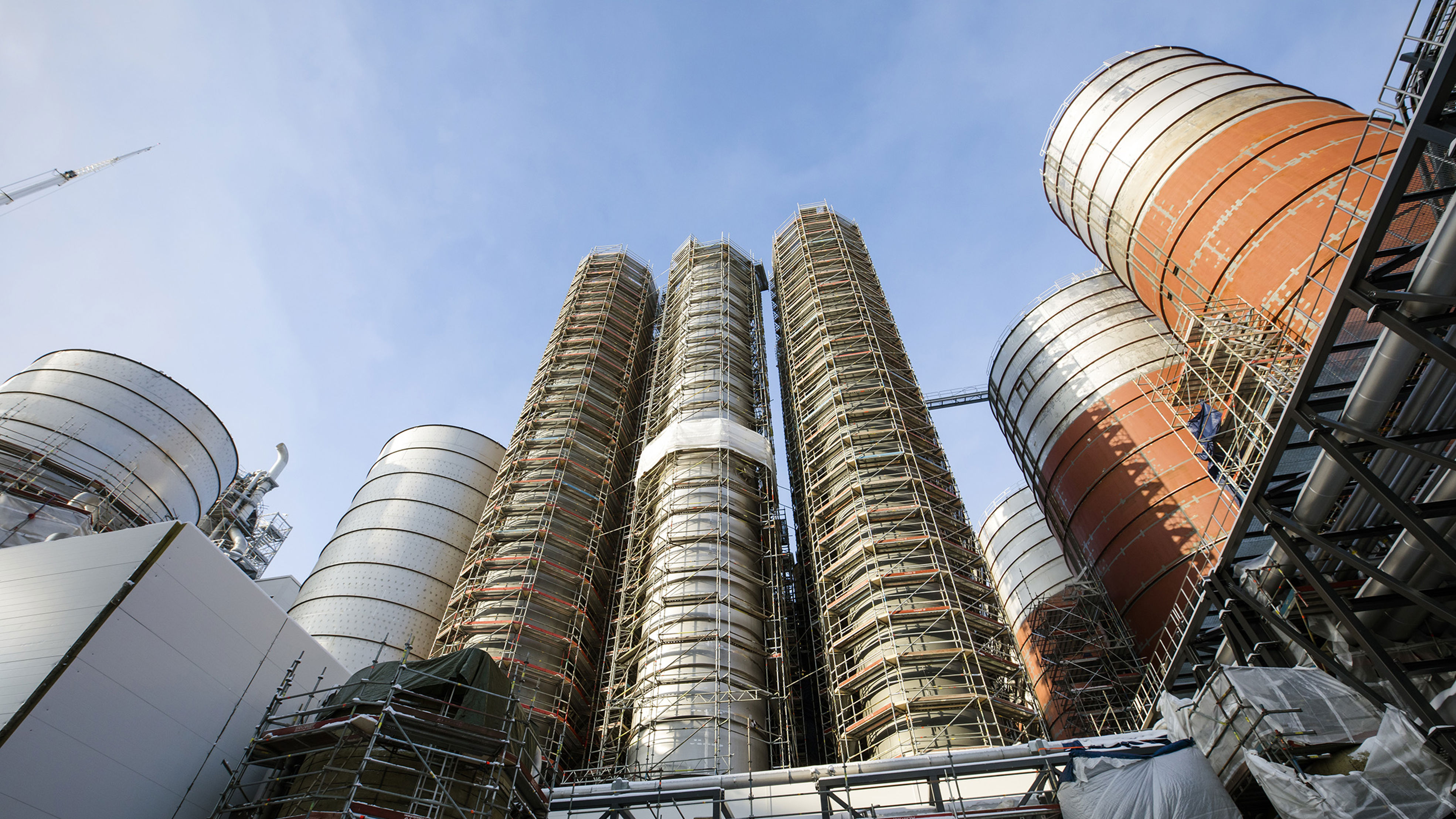Commissioning is progressing gradually, as planned, following the installation progress and the commissioning plan for the area. Installations and test runs conducted in the process areas overlap.
“The commissioning plan guides the installation process, and the progress made in installation affects the order of commissioning activities. If required, we adjust the order according to the status of installation. This is a very busy phase, involving numerous tasks, which makes systematic scheduling increasingly important,” says Pekka Kittilä, Technical Director of the Kemi bioproduct mill project.
Before commissioning, an installation inspection is conducted on the equipment to ensure it is ready for commissioning. In commissioning, individual devices are first tested to ensure they function in accordance with the design documents and can be properly controlled with the DCS system. IO testing of individual equipment is underway in nearly all the process areas.
“IO testing takes place towards the end of installation, and cold commissioning is carried out on most of the equipment at the same time. We proceed from cold commissioning to water runs and then to hot commissioning. In water runs and hot commissioning, we test larger equipment assemblies and the control system’s operations.”
As planned, the compressed air station was the first to be commissioned in late November, early December 2022, because compressed air is needed in other parts of commissioning. The fire-fighting water network was also pressurised last year using water from the operating mill.
“The water plant’s commissioning has been completed, and we have pressurised the cooling water cycle with water from the new water plant. We are now filling the basins of the wastewater treatment plant, and wastewater pumping station number 1 has been tested with water. The cooling water towers will be commissioned in early June.”
Safety and planning of everything a and o
The commissioning stage follows a strict schedule, which is followed closely.
“A safe and systematic approach is key at this stage. Everyone working in the area must know which equipment is being tested and what the potential risks are at any given time. Danger zones are isolated. Energised electric motors are isolated to prevent their accidental start-up. It is extremely important to ensure good planning, careful operations and good communication with workers in the area.”
The bioproduct mill will start up in the third quarter of 2023. This will be preceded by a connection shutdown when the operating pulp mill is shut down and the new mill is started up.
The wastewater treatment plant will come online well before the start-up with wastewater from the old pulp mill. Staff from the operating mill are involved in commissioning to help them become familiar with the process and equipment. The theoretical training for staff has been completed, and simulator training continues at the operating office.
Kittilä began working in the Kemi bioproduct mill project in May 2019.
“Now that we’re nearing completion, I find it very rewarding to see what we’ve been working for and what we’ve achieved. The equipment is now in place, we can continue our testing, and the mill is beginning to look ready.”
Testing will culminate in the fully fossil free bioproduct mill being ready for start and will be started-up. After a successful start-up, production test run will begin, and the process will be fine-tuned for full-scale production, which will be achieved within approximately one year from start-up.

